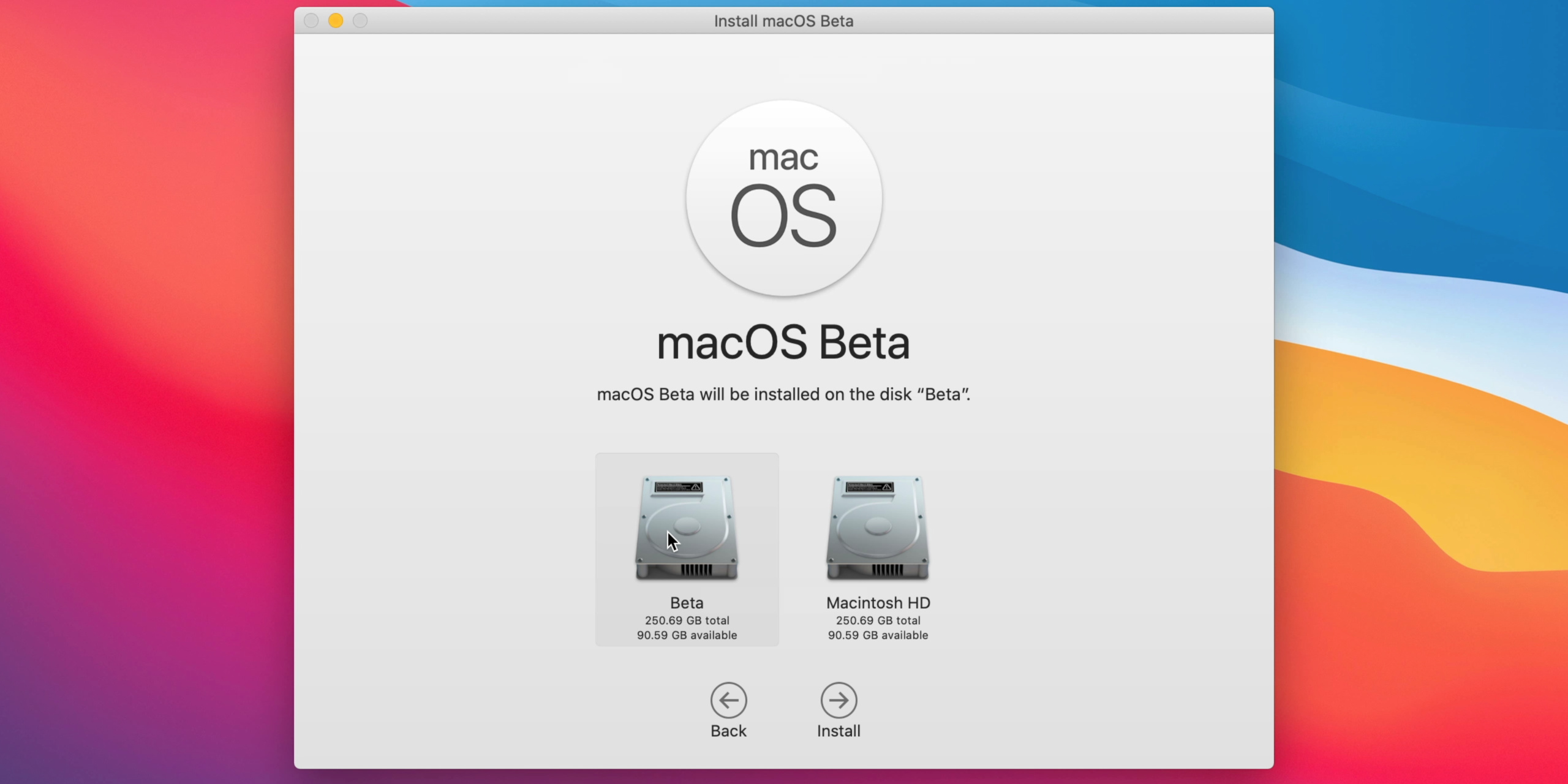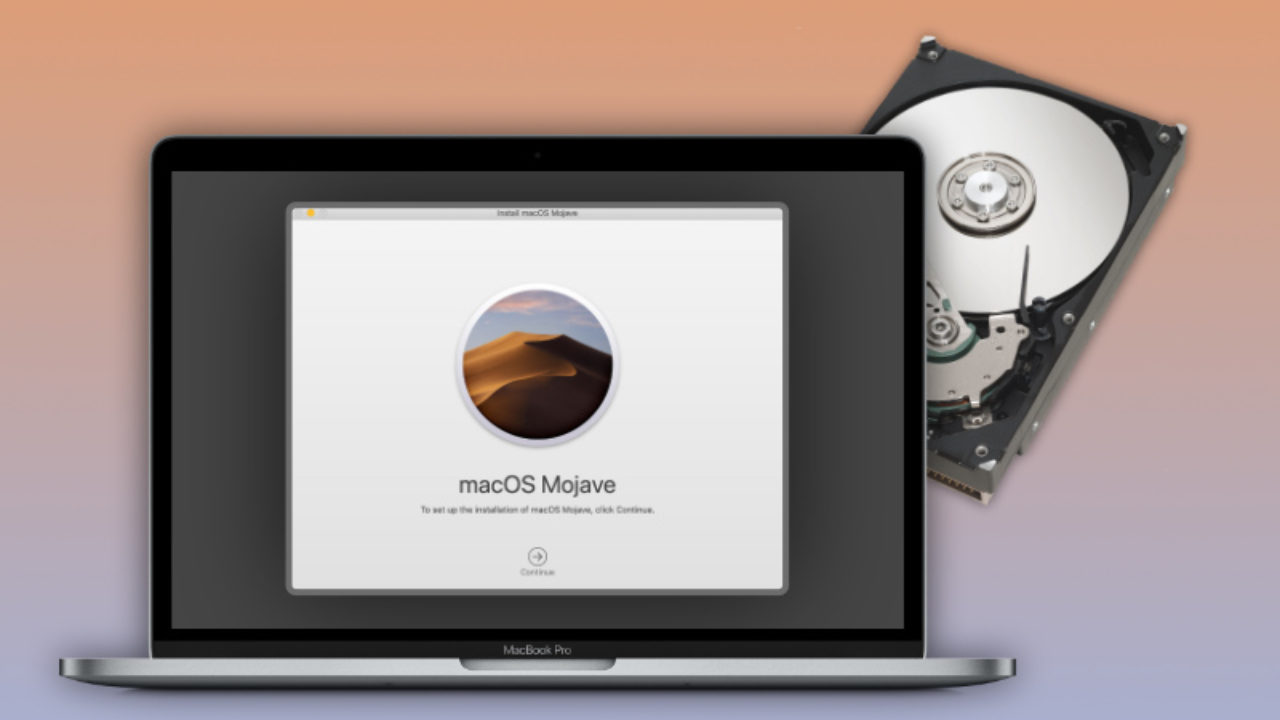In macOS Catalina, the Mac startup disk is segregated into two separate entities—Macintosh HD and Macintosh HD Data.This segregation isolates system files from user files to protect the macOS from accidental manipulation, malware, and operating system corruption. Select your hard drive from the sidebar in the Disk Utility window (it's usually called 'Macintosh HD'), and then look at the blue bar to check that you have enough space to create a new partition. The OS is located on the 'Macintosh HD' volume. User data is located on the 'Macintosh HD - Data' volume. If you erased the drive volume, then why not erase the whole physical drive instead? If the physical drive is not seen in Disk Utility, then click on 'View' and select 'Show all devices' option so that the physical drive appears in the left pane of Disk Utility. Select your hard drive in the Disk Utility window. It will be the first drive on the list. It might be named 'Fusion,' or 'Macintosh HD.' Click on the Partition tab. You will be prompted to either add an APFS volume or a Partition. Click Partition. Click the Add partition button it looks like a plus (+) symbol. There's some FUD here. TL;DR: With a Catalina installation the 'disk' is called a Container, the items that you are seeing in the installer are called a Volume. The 'HD' Volume is the Volume that contains the sandboxed (and hidden in the Finder) OS Volume. The 'HD - Data' Volume is your user data.

Summary: Many Mac users find it difficult to understand the difference between Macintosh HD and Macintosh HD Data. In this blog, we’ll talk about the difference and help you choose the right drive while performing macOS reinstallation.
In macOS Catalina, the Mac startup disk is segregated into two separate entities—Macintosh HD and Macintosh HD Data. This segregation isolates system files from user files to protect the macOS from accidental manipulation, malware, and operating system corruption. The difference between Macintosh HD and Macintosh HD data is shared below:

Macintosh HD Vs. Macintosh HD Data
Macintosh HD — The storage drive volume where macOS files and apps are stored. The volume is read-only, and the Mac user cannot create, delete, or edit any system files.
Macintosh HD Data — The storage drive volume where Mac user data is stored. The volume has read-write access, enabling Mac users to manage their files.
Which One to Erase before reinstalling macOS—Macintosh HD or Macintosh HD – Data?
This is one of the most common queries made by Mac users since Apple has segregated the Mac startup volume into two separate entities. The answer is you need to back up your Mac first, then open Disk Utility in macOS Recovery mode. Next, delete Macintosh HD* – Data the user volume, using the – volume icon present on the top panel of Disk Utility. Later, select Macintosh HD the system volume, and click the Erase tab to erase the volume. Afterward, quit Disk Utility, and from the Utilities window, select Reinstall macOS. Click Continue and perform the onscreen instructions to reinstall macOS from the recovery drive.
Data Recovery on Non-booting Startup Disk
Macos Catalina Will Be Installed On The Disk Macintosh Hd Download
When you have lost your files from the startup disk due to deletion, corruption, erasure, or encryption, use Macintosh HD data recovery software to recover them. And if your Mac fails to boot, use bootable Mac recovery software to retrieve your data. The recovery steps are as follows:
Should I Install Catalina On Macintosh Hd Data

Can Macos Catalina Be Installed On Macintosh Hd

a) Download Stellar Data Recovery Professional on your Mac.
Macos Catalina Will Be Installed On The Disk Macintosh Hd Vs
b) Install the softwarein your Application folder. Launch the tool.
What Is Macintosh Hd - Data Catalina
c) Watch the following video to recover data from a corrupt or non-booting Mac.

Conclusion
We hope now you are clear about the differences between Macintosh HD and Macintosh HD Data. In case of data loss from the Mac startup disk, download Stellar Data Recovery Professional for Mac to recover the lost data. The software is compatible with macOS Big Sur 11 and earlier.